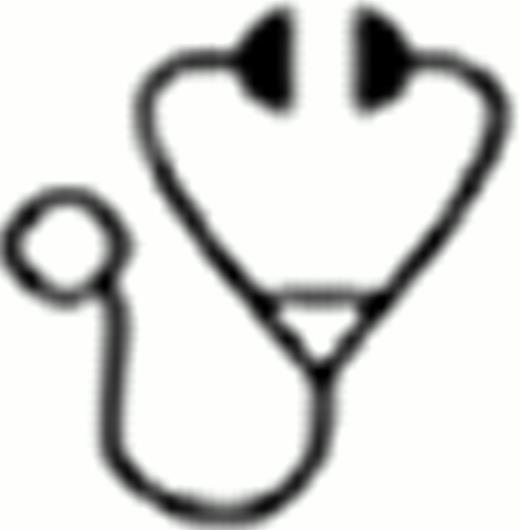Abstract
Among patients with AML with normal cytogenetics (CN-AML), the presence or absence of the NPM1 mutation (NPM1mut) and the FLT3 internal tandem duplication (FLT3-ITD) allows to define molecular subgroups, which proved to influence leukemia-free survival (LFS) both after chemotherapy and allo-SCT (Schlenk, NEJM 2008, Brunet, JCO 2012). Hence, the genotypes are currently used as “disease risk” criteria, especially to define indication for allo-SCT in CR1. The influence of these markers on overall survival (OS) after allo-SCT has not been evaluated so far.
An EBMT registry-based analysis included adults fulfilling the following criteria: CN-AML, peripheral blood stem cell or bone marrow allo-SCT in CR1 between 2006 and 2011, using matched-related (MRD) or matched unrelated donor (MUD), and detailed information on the mutational status of NPM1 and FLT3-ITD being available. OS, LFS, relapse incidence (RI) and non-relapse mortality (NRM) were calculated according to molecular subgroups. Further, a multivariate Cox model for risk factors was applied, including the following, predefined variables: Age (<> median), white blood cell counts at diagnosis, time from diagnosis to CR1, donor type (MRD versus MUD), conditioning regimen (reduced versus standard) and presence or absence of NPM1mut and FLT3-ITD.
366 patients (median age: 49.5 years, range 18.0–70.6; 49% males, MRD in 54%) were included. Median time from diagnosis to CR1 was 45 days (range: 7–181), and median time from CR1 to allo-SCT was 109 days (range: 11–308). Median follow-up from allo-SCT was 12 months (range: 1–61). The Kaplan-Meier estimates of 2-year OS and LFS for the entire cohort were 69±3% and 62±3%, the cumulative incidence of relapse and NRM were 23±2% and 14±2%. Presence of an NPM1mut had no influence on LFS or OS. In contrast, presence of an FLT3-ITD was strongly associated with increased RI (p=0.0004), and decreased LFS (p=0.004) and OS (p=0.0007). Results at 2 years from allo-SCT (% +/− SD) according to molecular subgroups are shown in the table below (mut, mutated, WT, wild type):
| . | OS . | LFS . | RI . | NRM . |
|---|---|---|---|---|
| NPM1WT/FLT3-ITDneg (n=143) | 78 ± 5 | 68 ± 5 | 15 ± 4 | 17 ± 4 |
| NPM1WT/FLT3-ITD (n=33) | 54 ± 12 | 54 ± 11 | 29 ± 11 | 17 ± 8 |
| NPM1mut/FLT3-ITD (n=162) | 60 ± 5 | 56 ± 5 | 31 ± 4 | 12 ± 3 |
| NPM1mut/FLT3-ITDneg (n=28) | 87 ± 7 | 77 ± 10 | 14 ± 8 | 9 ± 6 |
| . | OS . | LFS . | RI . | NRM . |
|---|---|---|---|---|
| NPM1WT/FLT3-ITDneg (n=143) | 78 ± 5 | 68 ± 5 | 15 ± 4 | 17 ± 4 |
| NPM1WT/FLT3-ITD (n=33) | 54 ± 12 | 54 ± 11 | 29 ± 11 | 17 ± 8 |
| NPM1mut/FLT3-ITD (n=162) | 60 ± 5 | 56 ± 5 | 31 ± 4 | 12 ± 3 |
| NPM1mut/FLT3-ITDneg (n=28) | 87 ± 7 | 77 ± 10 | 14 ± 8 | 9 ± 6 |
In the multivariate Cox model, age above the median of 49.5 years was the only factor associated with increased NRM (HR= 3.15, 95%CI: 1.27–7.82, p=0.01), whereas FLT3-ITD was the only factor that correlated with RI (HR=2.80; 95%CI; 1.26–6.20, p=0.01). Both older age and presence of FLT3-ITD were significantly associated with inferior LFS (HR=1.73, 95%CI: 1.03–2.91, p=0.04 for age, HR=2.03, 95%CI: 1.13–3.65, p=0.02 for FLT3-ITD) and, most importantly, with decreased OS (HR=2.29; 95%CI: 1.27–4.15, p=0.006 for age, and HR=2,75; 95%CI: 1.41–5.34, p=0.003 for FLT3-ITD). The latter data allowed the development of a scoring system, identifying three prognostic groups with 2-year survival rates of 42+/−7% (patients with both older age and FLT3-ITD), 66+/−4% (older age or FLT3-ITD) and 74+/−7% (younger age and FLT3-ITDneg, p<0.0001), respectively.
We conclude that older age and FLT3-ITD are major risk factors for OS after allo-SCT in CN-AML patients in CR1, independently from other factors such as donor type, intensity of the conditioning, or NPM1 mutational status.
Schmid:Novartis Germany: Honoraria, Research Funding; Fresenius Germany: Honoraria, travel grants, travel grants Other; Roche Germany: Honoraria, travel grants, travel grants Other; Pfizer: Travel Grants, Travel Grants Other; MSD Pharma: Honoraria, Travel grants Other; Cellgene: travel grants, travel grants Other. Attal:celgene: Membership on an entity's Board of Directors or advisory committees; janssen: Membership on an entity's Board of Directors or advisory committees.

This icon denotes a clinically relevant abstract
Author notes
Asterisk with author names denotes non-ASH members.


This feature is available to Subscribers Only
Sign In or Create an Account Close Modal